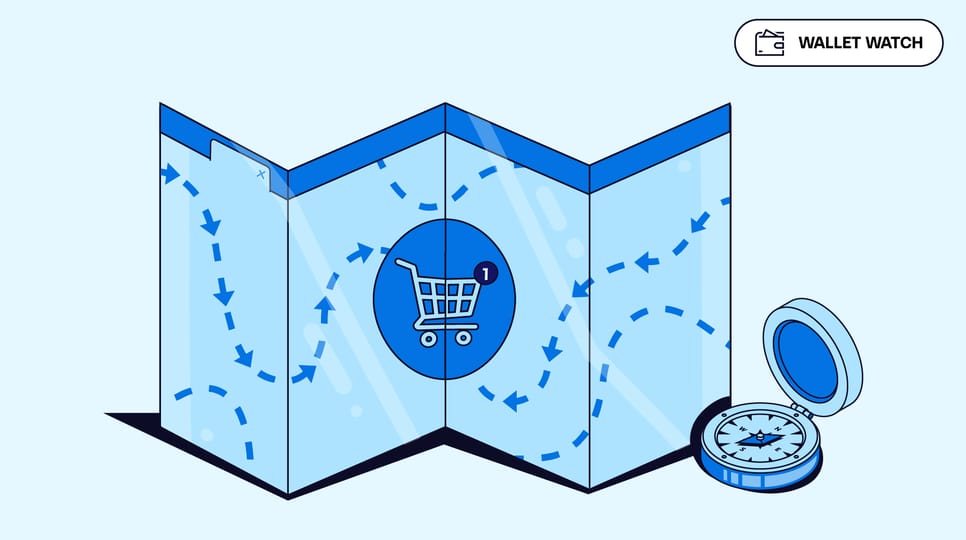Insights Omnichannel
Instant Intelligence: Why gaming is India’s next big ad play

Recruiting fraud is a growing issue for many companies.
The Trade Desk takes this issue seriously and is taking steps to address it.
Share:
New research from The Trade Desk Intelligence and YouGov shows that 88% of Americans visit a quick-service restaurant (QSR) at least once a month. That includes fast food (where 74% dine monthly), pizzerias (62%), fast casual restaurants (54%), and coffee shops (51%).
Nearly 90% of those visits are decided on the same day, often just hours in advance. For marketers, that means staying top-of-mind is essential. Omnichannel strategies that reach diners across their daily routines can help capture those quick-turn decisions.
QSR diners move through multiple “engagement spaces” throughout the day — where they seek out distraction, companionship, guidance, and more. And as they move, audiences use various media channels and forms of content, for instance, by listening to audio during morning commutes, while mobile browsing at work, or catching up on their favorite drama via connected TV in the evening.
Their media journeys are diffuse, but their dining decisions are quick, with 4 in 5 diners saying ads help make them aware of QSR offerings, while 62% of respondents in this group recall seeing ads on open internet channels.
Deals, loyalty points, and limited-time offers are among the biggest motivators for QSR visits. Mobile apps are critical here: 3 in 5 QSR diners order via mobile app, and 82% use restaurant-owned apps vs. 46% who use third-party ordering platforms. This creates a direct line for personalized offers and push notifications that can influence a decision in real time, tipping the scales toward your brand.
To better connect with desired audiences, marketers can use app data to:
Trigger promotions based on location or time of day (e.g., lunchtime offers)
Reinforce loyalty programs with exclusive rewards
Coordinate offers across digital and physical touchpoints
Reaching diners in the decision window requires understanding when and where they’re most receptive. Consider the following omnichannel media mix to generate continuous touchpoints throughout the day:
Morning commutes: Audio ads or DOOH near coffee shops for breakfast traffic
Midday breaks: Mobile ads with meal deals to capture lunchgoers
Evening streaming: CTV ads promoting family dinner bundles
Even in tight economic times, quick-service dining remains resilient, with research showing dining out and ordering in ranks seventh out of the top 10 ways Americans cut back on expenses. Still, the competition for attention is fierce. To win, marketers must deliver relevant, timely messages in the exact moments when consumers are deciding what to eat.
With the right mix of first-party data, real-time triggers, and omnichannel activation, brands can turn spur-of-the-moment cravings into loyal customers.
Source:
The Trade Desk Intelligence and YouGov, QSR research, U.S., June 2025.
Insights Omnichannel

Insights Retail Media

Insights Retail Media
